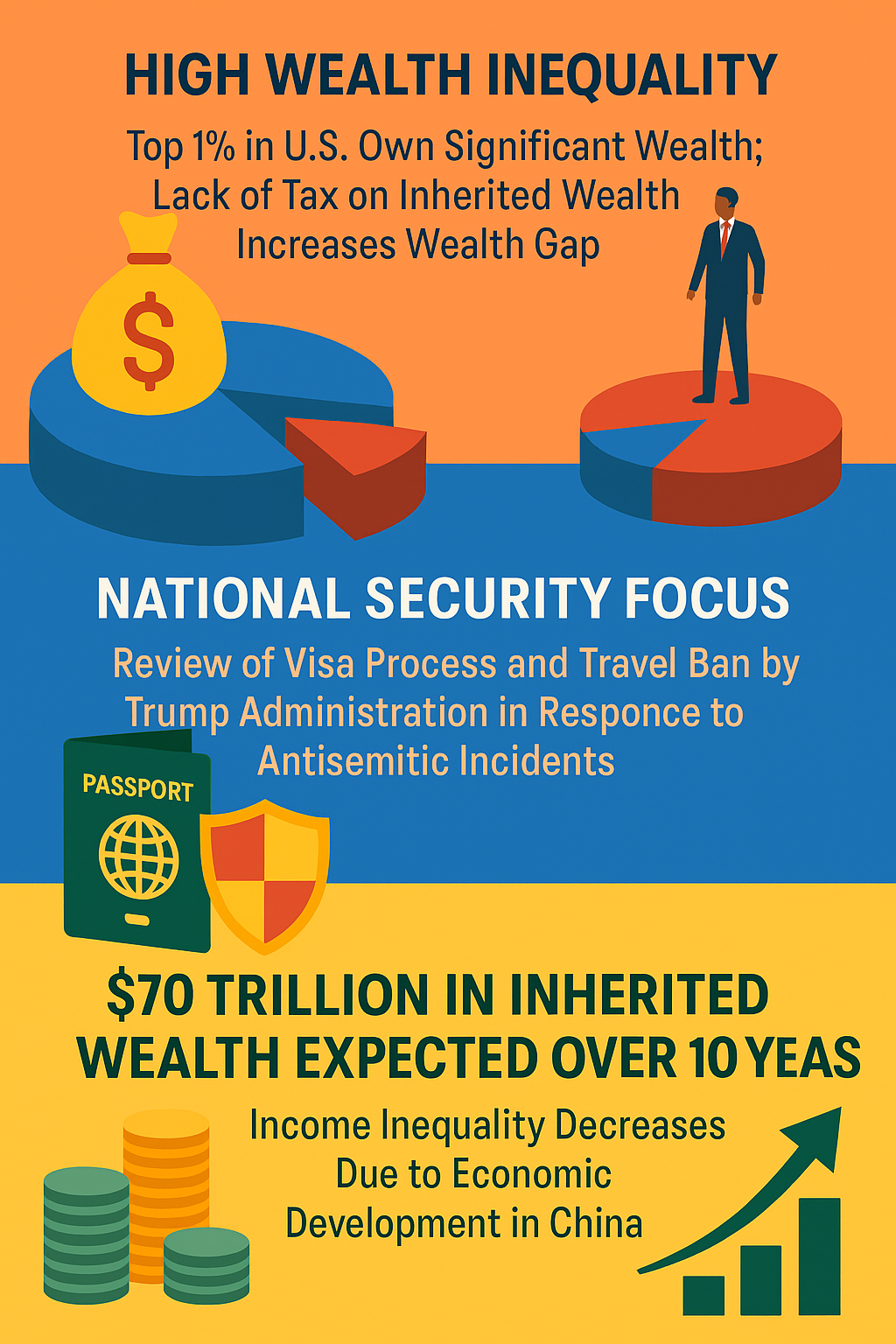Global Scans · Inequality & Social Polarisation · Signal Scanner
The Rise of Violent Populism as a Disruptive Weak Signal in Global Political Landscapes
Violent populism is emerging as a weak signal with the potential to profoundly disrupt political stability, economic systems, and societal cohesion worldwide. Beyond conventional political shifts, this trend involves the normalization and broad support for political violence within populist movements. The implications span multiple sectors and geographies, threatening democratic institutions, economic cooperation, and social trust. Understanding the nuances of this evolving phenomenon can help governments, businesses, and civil society prepare for a turbulent future where violent populism may become more deeply ingrained.
What's Changing?
Violent populism has gained a foothold in multiple countries, representing a critical turning point in political conflict dynamics. In the United States, it now poses a greater risk than foreign terrorism or interstate conflict, as large segments of the population show increasing tolerance or support for political violence (Foreign Affairs). This signals a shift from purely electoral populism to a more aggressive mobilization that could destabilize democratic norms fundamentally.
Simultaneously, the persistence of populist movements across Europe and Asia despite recent electoral setbacks suggests a resilient force rather than a transient one. Countries such as the Netherlands and France experience populist backlash against traditional institutions (CEPR), while India's populist leadership under Narendra Modi showcases how electoral success can coincide with risks to pluralistic democracy (Populist Policy).
European political instability compounds this trend. Germany’s government transition and a crisis-ridden French administration encourage populist narratives amid geopolitical tensions that may jeopardize critical agendas such as climate commitments (Clean Energy Wire).
Economic inequalities and punitive trade policies exacerbate this political volatility. The widening wealth gap, especially in developed economies like the USA where the top 1% hold disproportionate wealth, creates fertile ground for populist outrage (Faisal Khan). Moreover, tariffs and trade conflicts can disproportionately impact less developed countries, fueling resentment and nationalist responses (IOL).
These developments could lead to an intensification of politically motivated violence and societal division, particularly when identity politics sharply undermines national unity (Republican Digest).
Why is this Important?
The normalization of violent populism threatens to disrupt more than just political systems. It has the potential to destabilize economies, affecting investor confidence and supply chains as governments face internal unrest. Democracies may erode as violent tactics replace institutional processes, reducing transparency and the rule of law. Social cohesion could decay as identity politics and populist rhetoric fracture societies along ethnic, regional, and ideological lines.
For businesses, these trends could increase regulatory unpredictability, disrupt markets, and complicate multinational operations. Governments may need to divert resources to domestic security, limiting their ability to respond to external challenges. The erosion of democratic norms may also undermine international cooperation on issues like climate change and global trade, intensifying geopolitical competition.
Implications
Should violent populism intensify, the following scenarios might unfold:
- Increased Political Instability: Governments may face growing challenges to authority, with protests and violent clashes becoming more frequent, potentially leading to emergency powers or authoritarian backsliding.
- Economic Disruption: Investor risk premiums could rise, supply chains may be exposed to interruptions, and economic policies might prioritize nationalist agendas over globalization, causing fragmentation.
- Social Polarization: Identity politics amplified by populism might lead to heightened social tensions and marginalized communities, potentially sparking communal violence.
- Shift in Global Order: Countries experiencing violent populism could retreat from international commitments, weakening alliances and multilateral institutions.
Strategic planners should monitor the interplay between economic disparities, political rhetoric, and societal divisions. Proactive steps might include investing in early-warning systems for political violence, promoting inclusive economic policies to reduce inequality, and supporting civil society’s role in fostering democratic resilience.
Questions
- How might organizations assess the risk of violent populism affecting their operations and supply chains?
- What measures can governments and international institutions take to counteract the drivers of violent populism without infringing on legitimate political expression?
- In what ways can economic policy address inequality to reduce the appeal of violent populist narratives?
- How should businesses engage with increasingly polarized societies while maintaining social responsibility and ethical standards?
Keywords
violent populism; political violence; populism; identity politics; economic inequality; democratic resilience; geopolitical stability; social cohesion
Bibliography
- America’s New Age of Political Violence. Foreign Affairs. https://www.foreignaffairs.com/united-states/americas-new-age-political-violence
- The Economics of the Populist Backlash. CEPR VoxEU. https://cepr.org/voxeu/columns/economics-populist-backlash
- Populism in India: Risks to Democracy. Populist Policy. https://populistpolicy.org/populism-in-india/
- The Rise of Identity Politics: How Conservatives Can Combat Divisiveness in America. Republican Digest. https://republicandigest.com/the-rise-of-identity-politics-how-conservatives-can-combat-divisiveness-in-america/
- Geopolitical Instability Could Undermine Climate Commitments by 2025. Clean Energy Wire. https://www.cleanenergywire.org/news/vote25-geopolitical-instability-could-undermine-climate-commitments-2025-warns-german-env-agency
- The Chinese Government Opposes US Abuse of Tariffs. IOL. https://www.iol.co.za/news/opinion/the-chinese-government-resolutely-opposes-us-abuse-of-tariffs-274be837-74c5-4a07-9e8e-edfa4101b893
- Inheritance Tax: A Comprehensive Analysis. Faisal Khan Knowledge Base. https://faisalkhan.com/knowledge-center/knowledge-base/global-taxation/inheritance-tax-a-comprehensive-analysis/
